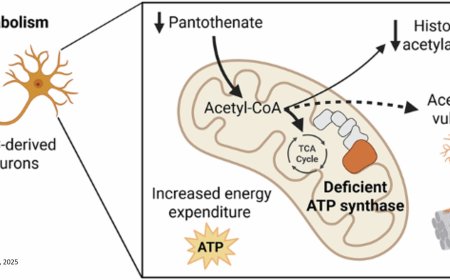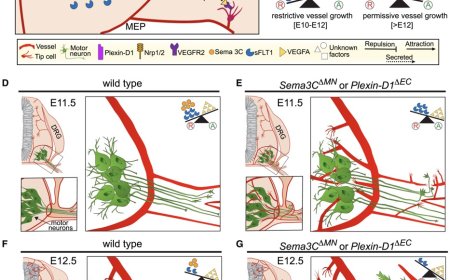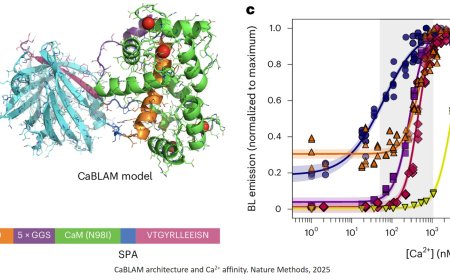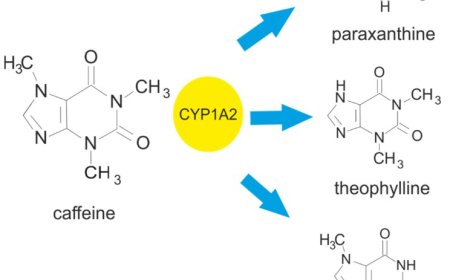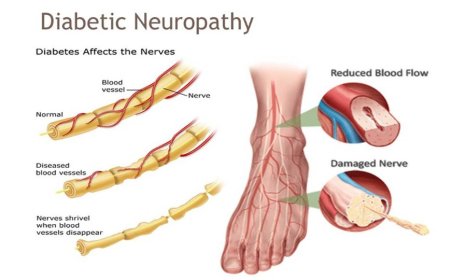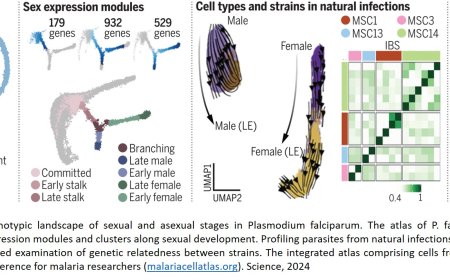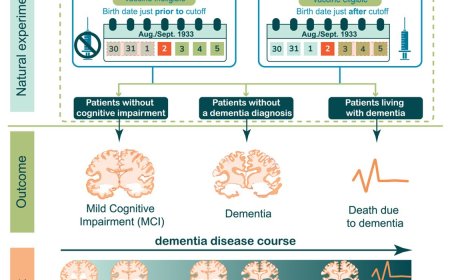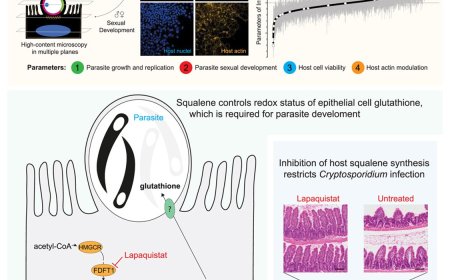A hydrogel therapy defends against biological threats
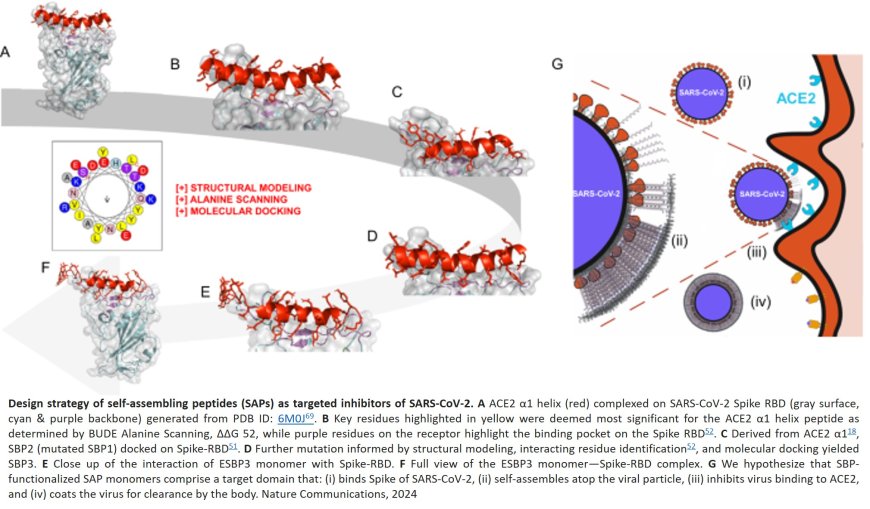
Vaccines remain the gold standard of protection against dangerous pathogens, but take considerable time and vast resources to develop. Rapidly mutating viruses such as SARS-CoV-2 can blunt their effectiveness and even render them obsolete.
To address these gaps, a multi-university team is developing a hydrogel therapy that acts as a first line of defense against viruses and other biological threats. The peptides that make up this gel prevent viruses such as SARS-CoV-2, which causes COVID-19, from attaching to and entering cells. They do this by binding to a particular receptor on the invading pathogen while also aggregating into a multilayer “molecular mask” that muffles its action.
Over the course of their research, the team discovered that the molecular mask alone prevented infections. The potential advantage of this new technology, they say, is its ability to combat diverse pathogens and disease mutations.
“Protecting people in the initial phases of an outbreak is important,” said the senior author. “Our new mechanism could also help first responders on the front lines, military personnel encountering novel pathogens, people in remote, under-resourced areas and those who are unable to receive vaccinations.”
The near-term goal is to produce a nasal spray against airborne infections.
In a recently published study in the journal Nature Communications, the team described how the mask binds non-specifically with its target. It is composed of computationally designed peptides (strings of amino acids that form proteins) that self-assemble into nanoscale fibrous hydrogels. By comparison, antibodies produced by vaccines target particular receptors, as the mRNA vaccines developed during the pandemic that bind with specific proteins on the SARS-CoV-2 spike.
The team’s discovery arose from research at the outset of the pandemic on new approaches to prevent the virus from invading cells. The initial design, involving peptides that targeted the SARS-CoV-2 spike, looked at highly specific domains. However, the non-specific peptide gels they also designed formed a multi-layer fiber on top of the virus. The group has postulated that the negative charges in the fibers interact with differently charged proteins on the viral surface, masking them, and thus preventing them from interacting with native cells.
Of the non-specific protein mask, Kumar noted, “It forms a larger structure and better binding than a single molecule does. While it doesn’t have high specificity, it can self-assemble and stay on the target longer, forming a fiber sticker on the surface that acts like molecular Velcro.”
The author added, “The goal would be a topical agent that binds to the virus. In the case of SARS-CoV-2, we would spray it into the nose, which is a major site of infection, perhaps even prophylactically.”
The team first tested the fibers against a number of viruses through computer simulations that employed powerful NVIDIA graphic cards, which are commonly used in competitive gaming. They later conducted successful safety tests with mice and rats, using injections and nasal sprays, said a Ph.D. student. The therapy inhibited the Alpha and Omicron variants of SARS-CoV-2 in vitro, lasting for a day without harming the animals in the tests in vivo.
The hydrogel is engineered to trigger different biological responses depending on the payload attached. The lab has published research on applications ranging from therapies to prompt or prevent the creation of new blood vessel networks, to reduce inflammation and to combat microbes.
